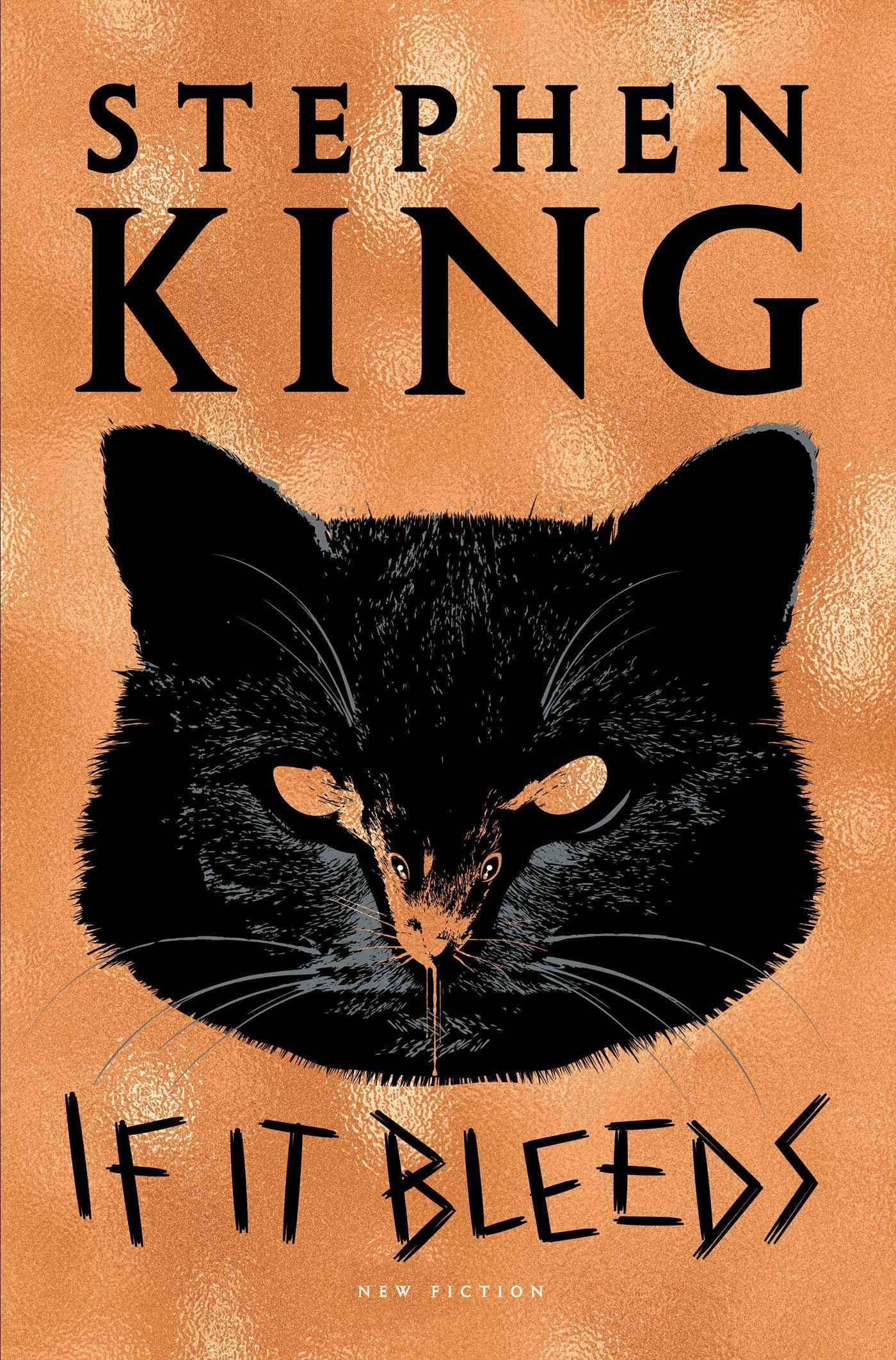Most readers of Stephen King’s works will know The Shining and Pet Sematary. They will also know that neither of these books — easily among the author’s most memorable works, and arguably the gold standard in modern horror fiction — holds out even a sliver of hope. Their darkness is impenetrable. And yet, more often than not, King’s writing implies that goodness and even a fleeting experience of contentment can be found in the most horrific places.
The same can be said for If It Bleeds, King’s newest collection of novellas. His fondness for this literary form goes as far back as the early 1980s, when he published Different Seasons. In the years since then, King has written a number of novellas, and If It Bleeds — it contains four new, deeply compelling stories — carries on in that tradition. In fact, King is well suited to the mid-length format; it has always allowed him to write unhindered as well as keep a steady focus on his plot lines. He is able to explore a vast expanse of emotional ground while still being immensely readable.
In Mr Harrigan’s Phone, King gives free rein to his fascination for and resentment towards technology and its impact on human lives. Craig, a small-town boy hired by Mr Harrigan, a wealthy old businessman, wins some money and buys Mr Harrigan a cell phone. When the old man dies, the phone is buried with him, but the communication, in King’s signature chilling style, must carry on from beyond the grave. Mr Harrigan’s Phone reminds one of It in its coming-of-age format, but is even more compelling for the balance it strikes between pure terror and an emotional heft.

If It Bleeds by Stephen King, Hodder & Stoughton, Rs 799 Amazon
It is the titular novella, however, that might interest King’s ‘Constant Readers’ the most. Not only does it aptly demonstrate how genuine thrill can still be found amid a focus on sentimentality, but it is also the first solo outing for Holly Gibney, the heroic detective who is as dearly loved by King’s fans as by King himself. As she investigates a school bombing, it is not clear until the very end if she is going to come out of the deepening mess alive. This uncertainty steadily builds the tension, which is one of the central pleasures of this book. Moreover, King’s deep affection for her adds a significant emotional weight to the story.
After Misery, Rat is King’s best attempt at conveying the darker impulses and frustrations of the authorial process. Drew Larson goes out to an old family cabin in the woods to finish a novel, even though every time he has tried to turn an idea into a book, things have gone inexplicably and seriously wrong for him. This, of course, happens again, when a talking rat makes him a sinister offer, turning the story of a writer’s struggle into a Faustian deal. The pièce de résistance, however, is The Life of Chuck, an accurate representation of King’s more recent literary experiments. Told in reverse in three acts, it takes the reader through Chuck’s life, with the middle act standing out for its emotional drive. It reminds one of King’s capabilities when he steps just outside the horror fence.
Above all, whether or not the stories end the way the reader envisions them, If It Bleeds is vintage, iconic King. For one, it will keep the reader engrossed in tales about human desires and weaknesses. More important, it does a fine job of demonstrating that King can still write a horror story that frightens as much as it enthralls.











